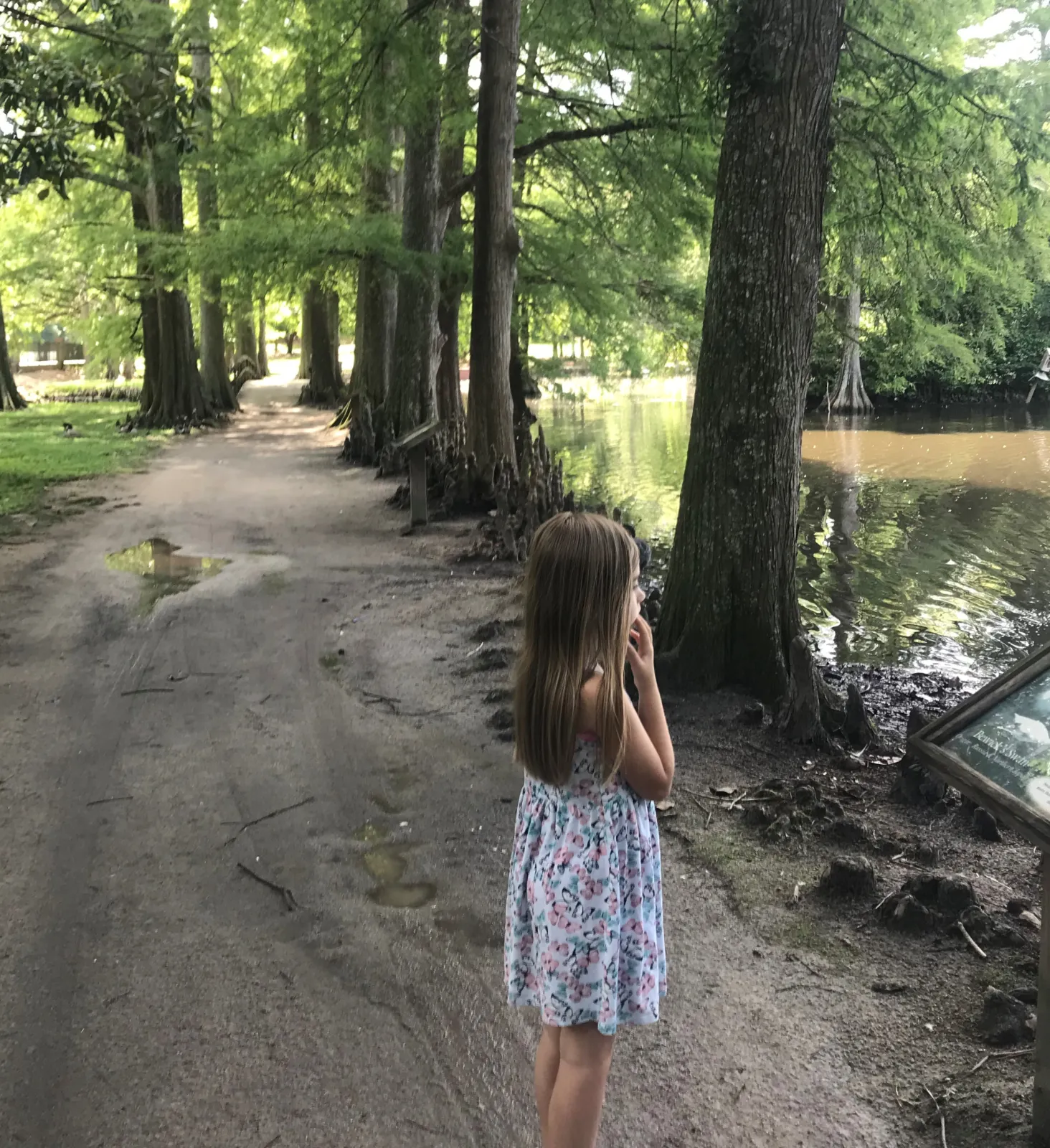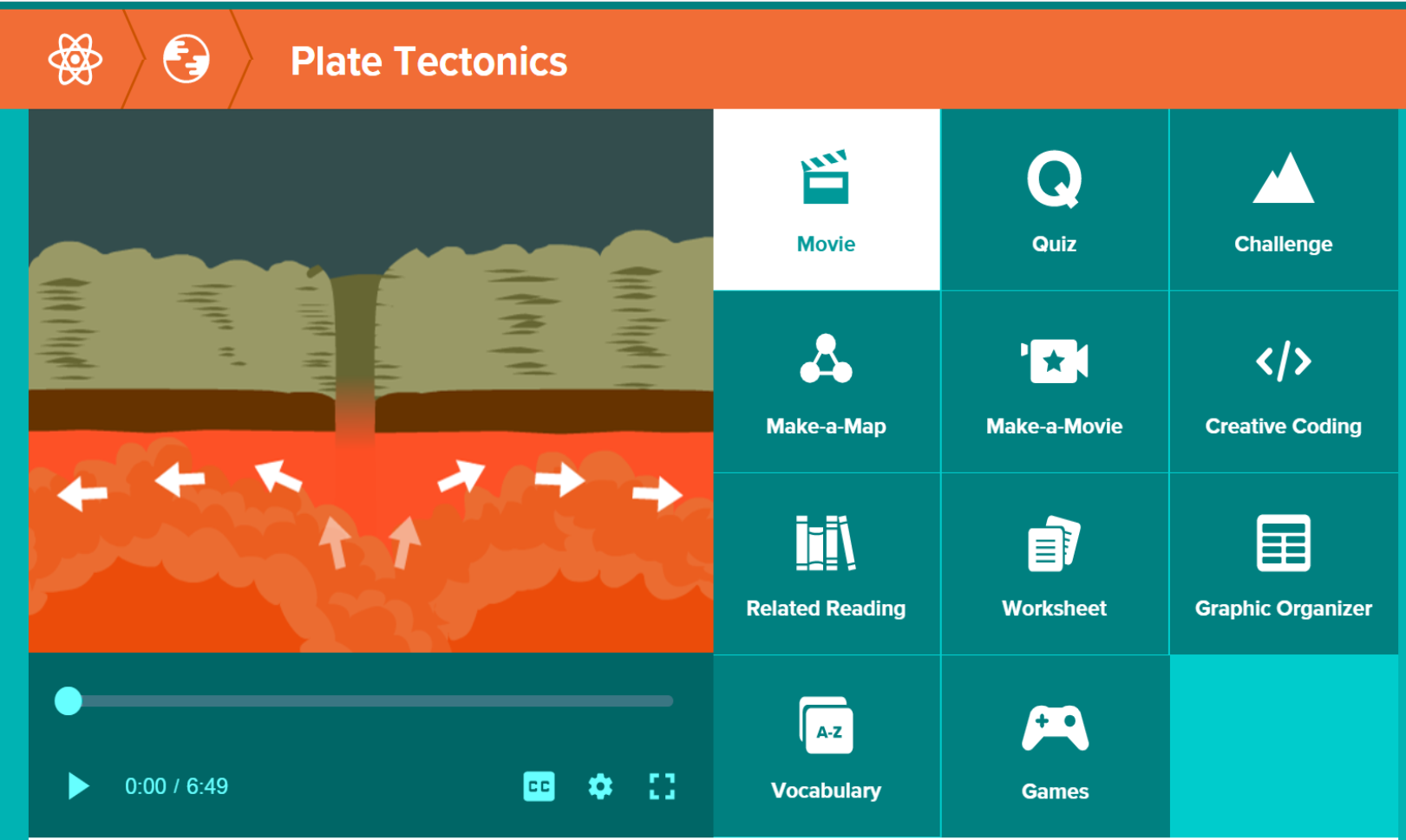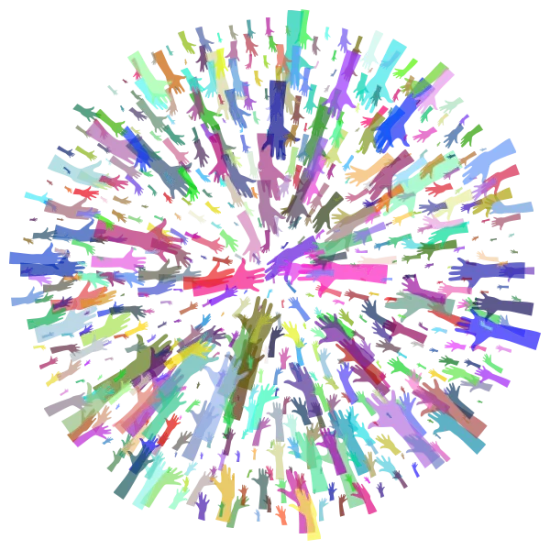- Emily J.
- Monday, November 09, 2020
Ready for an outdoor adventure?
An earth science unit is a perfect time to venture outside and explore the natural world. Start collecting rocks and minerals from around the neighborhood or in the park. Classify each one by using a field guide or online resources like geology.com. Take field trips to Harbison State Forest or Sesquicentennial State Park to make observations about the earth’s soil composition and the effects of erosion. Invest in a magnifying glass and take a closer look at the world outside.

How will I know if my child has met this 3rd grade standard?
- Your child can demonstrate an understanding of the composition of Earth and the processes that shape features of Earth’s surface
- Your child can analyze and interpret data from observations and measurements to describe different Earth materials (rocks, minerals, soil)
- Your child can classify Earth materials based on physical properties
- Your child can develop and use models to describe and classify the patterns of land and water features on Earth
- You child can develop models and describe the characteristics of various continental landforms
- Your child can explain how natural processes (weathering, erosion, gravity) shape the Earth’s surface
- Your child can explain how natural events (fires, landslides, earthquakes, etc.) and human activities impact the environment
- Your child can communicate information about how resources are used and how they can be conserved
Activities and Multimedia
Short on time for planning lessons? Use a complete Earth Science Unit created by PBS.
Looking for enrichment activities? Take a dive into hands-on learning with these activities from Generation Genius: Weathering and Erosion and Busy Mommy Media: Soda Bottle Compost .
Brain Pop is a great way to support your learner at home. Click the picture to see video clips, activities, and games to learn more about earth science.
This video includes descriptions and picturesque photos of different landforms.
This clip includes a quick—yet thorough—explanation of landforms, including how a volcano is formed.
Do you want to explore more SC Science Standards?
Visit the Richland Library's SC Education Standards page.
Books to Read
The titles below will help you and your child discuss earth science. Want us to pull books for you? Contact us at 803-799-9084 and request to have books sent to your nearest Richland Library location.

All About the Earth

Earth Science


Greatest Discoveries with Bill Nye. Earth Science

Where Do Mountains Come From?

Everybody Needs a Rock

If You Are a Hunter of Fossils

Earth Science Fair Projects

Grand Canyon

The Magic School Bus


River Story

Rocks in His Head

Bag in the Wind


Simple Earth Science Experiments with Everyday Materials

Earthquakes

Volcanoes

The Rock Cycle

Rocks

The Rock


Geology Lab for Kids


Danger! Volcanoes

Earthquakes

Global Warming


Sleepover Scientist #3



Marveling at Minerals

Reefs





